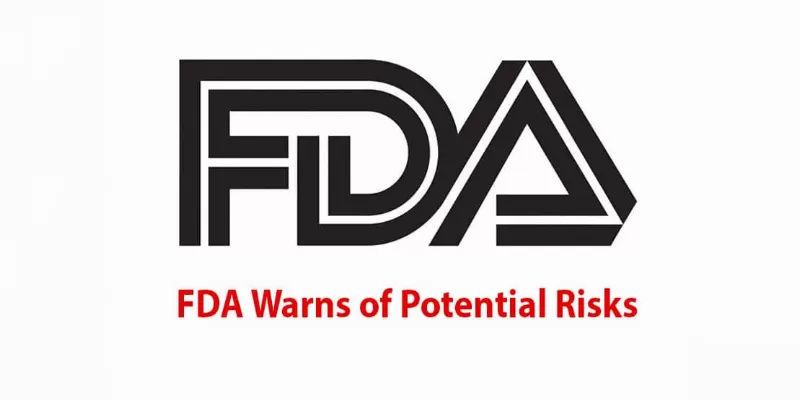FDA has issued a report on risks of virtual reality AR/VR medical devices

3 September 2023
The U.S. Food and Drug Administration (FDA) recently published a report highlighting the benefits and risks of emerging augmented and virtual reality (AR/VR) medical devices. While these tools offer advancements in medical care delivery, the FDA emphasized several potential risks. These include cybersickness, head and neck strain, and particular concerns for pediatric populations.
Additionally, the report cautioned about potential cybersecurity and privacy threats. As the technology continues to evolve, the FDA urges both healthcare professionals and patients to be well-informed and cautious, especially when considering its use with children.
How AR/VR is Transforming Medical Care
AR/VR has the potential to shift certain clinical services traditionally available in hospitals and clinics directly to patients' homes. This shift not only eases access to healthcare but also enables less invasive procedures. Such a transformative change sees application across various medical fields including orthopedics, neurology, radiology, and more.
Benefits Envisioned by the FDA
The benefits, according to the FDA, extend beyond easy access. For patients, these tools may reduce the necessity for frequent visits, and in specific cases, like preoperative scenarios, they may help in alleviating anxiety. For healthcare professionals, XR devices can serve as training aids, enhancing their practical skills.
Potential Risks
However, there are concerns. Prolonged use of these devices can cause physical ailments such as cybersickness, neck strains, and headaches. Children, especially, face unknown risks and long-term effects which are still under investigation. Beyond health, other general risks include cybersecurity threats, potential privacy breaches, and the collection of personal data.
FDA's Recommendations for Patients and Healthcare Professionals
For those considering AR/VR in healthcare, the FDA recommends a thoughtful approach. Questions to deliberate upon include:
- Is there clinical evidence for its use in healthcare?
- Are there any clear benefits to using XR?
- Who is the ideal candidate for XR?
- What’s the healthcare professional's experience with XR?
- Are there any required conditions to use XR safely and efficiently?
- How can one ensure XR's effectiveness?
- What are the potential risks involved?
- For healthcare professionals, it's crucial to consider the changes XR might introduce to existing workflows and the possible need for training. Transition plans to alternative treatments, when XR might not be suitable, are also essential.
All users, whether patients or professionals, should stay vigilant and report any adverse events to the FDA’s Medical Device Reporting tool, MedWatch. While AR/VR promises a revolution in healthcare, a cautious and well-informed approach is vital. As the FDA continues its assessment, both patients and professionals are encouraged to weigh the pros and cons diligently.
Augmented Reality and Virtual Reality Medical Devices: Questions to Consider
Medical extended reality (XR), which includes AR and VR, has the potential to improve your health care, delivering new types of treatments and tools for diagnosis and treatment of health conditions. Treatments may range from neurology to orthopedics to radiology and more. Medical XR may help advance health equity by providing care at home, outside of the hospital or when a specialist is not locally available. As information on the benefits and risks, including the long-term effects, of medical XR are continuing to be studied, the FDA recommends the following questions for you to consider when deciding whether to use XR technology:











Comments
No Comments Yet!